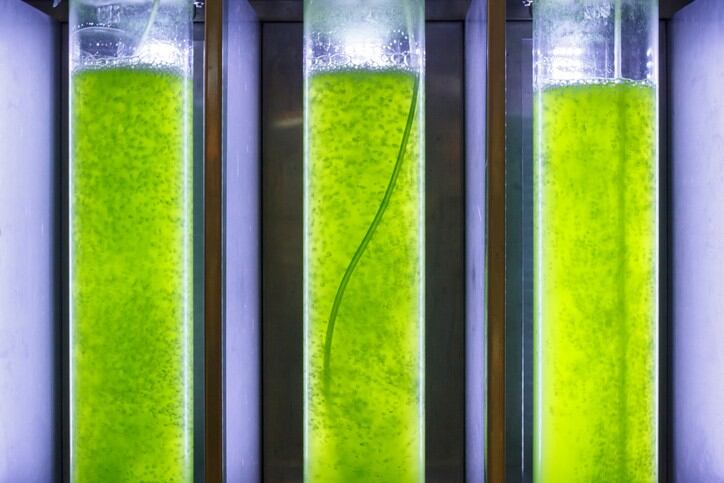Researchers from Monash University, led by Dr Alice Owen, a Senior Research Fellow, analysed data from the ASPirin in Reducing Events in the Elderly (ASPREE) Longitudinal Study of Older Persons (ALSOP).
They assessed self-reported use (every day, occasionally, never) of complementary medicines by healthy people over 70 years in Victoria, South Australia, Tasmania, the Australian Capital Territory or southern New South Wales.
Specifically, they asked about the use of fish oil, glucosamine, ginkgo, coenzyme Q10, calcium, zinc, vitamins B, C, D and E, multivitamins, and Chinese or herbal medicines.
“A total of 10 961 respondents (74.3%) reported using them either daily or occasionally; fish oil (6563 of 14 757 respondents, 44.5%), vitamin D (4995, 33.8%), glucosamine (3940, 26.7%), and calcium supplements (3652, 24.7%) were the most frequently reported items,” Owen and colleagues found.
Complementary medicines were used by larger proportions of women (6637 of 8068, 82.3%) than of men (4324 of 6689, 64.6%) and of people with more than 12 years of education (4418 of 5838, 75.7%) than of people with less education (6542 of 8918, 73.3%).
“The proportions of complementary medicine users who reported a history of depression (987 of 4053, 24.4%) or osteoarthritis (3060 of 5240, 58.4%) were larger than for non-users (depression, 264 of 1347, 19.6%; osteoarthritis, 705 of 1598, 44.1%; self-reported diabetes was more common among non-users (363 of 3790, 9.6%) than among complementary medicine users (815 of 10 944, 7.4%),” added the study.
Marketing concern?
However, the results led the researchers to express concern about marketing and promotion of complementary medicines.
“Complementary medicines are used by more than half the people in Australia, incurring out-of-pocket health expenses of about $5.2 billion in 2019,” Owen and colleagues wrote.
“While proprietary complementary medicines are generally regarded as safe, their widespread use by older people, who generally have a greater burden of disease, higher medical expenses, and low or fixed incomes, raises questions about their marketing and promotion.”
Carl Gibson, CEO at peak industry trade body Complementary Medicines Australia (CMA), responded: “The study's headline findings are in line with CMAs industry audit with 7 out of 10 people regularly using a complementary medicines to help with their health and well-being. Prevention is better than cure.
“One third of Australians using complementary medicines do so to manage the symptoms of a chronic disease, helping with aches and pains, arthritis, asthma, depression or diabetes.
“Marketing and promotion of products is essential to inform and guide consumers to the latest and best products, helping consumers make an informed choice.
“$1 spent on prevention today is better than $10 on a managing a disease tomorrow.”



